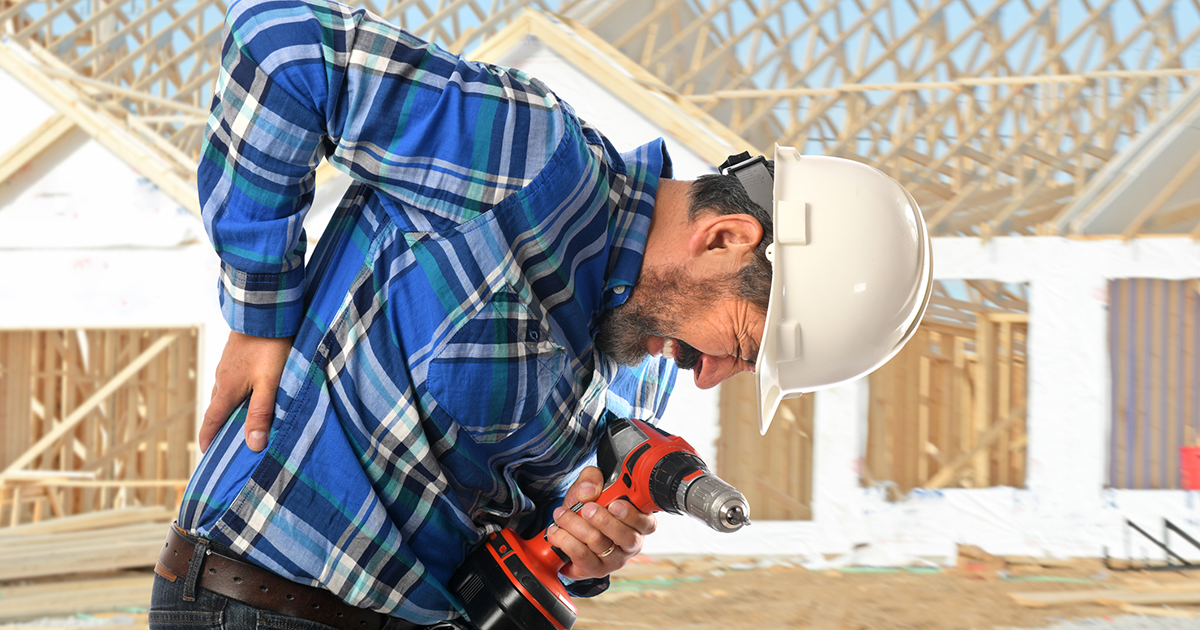Ergonomics For A Comfortable And Efficient Work Day
Ergonomics is used to maximize comfort and efficiency without harming or wearing out employees. It can be utilized in any working environment, whether it is a factory creating auto parts or an air-conditioned office. Ergonomics are employed to minimize the risk of injuries and long-term disorders that would hinder the health and capabilities of the employee.
Some examples of ergonomics may be the time employees work, work equipment, personal protective equipment, posture, seating, and much more. Ergonomics helps ensure a day at work is conducted safely and as comfortable as possible.
What Are Ergonomics And How Do They Work?

Ergonomics is the science of creating a working environment that suits the capabilities and limitations of the worker while simultaneously maximizing efficiency. A poor working environment can lead to fatigued, frustrated, and hurt workers, which can result in lower productivity, poor product quality, and all sorts of negative feedback. The positive attributes of integrating workplace ergonomics include reducing costs, improving productivity and quality of work, improving employee engagement, and encouraging a better safety and health culture within the organization or business.
Work-Related Musculoskeletal Disorders (MSDs)

Work-related musculoskeletal disorders (MSDs) are often caused by lost or restricted work time, affecting muscles, nerves, blood vessels, ligaments, and tendons. In 2013, the Bureau of Labor Statisticsdiscovered MSD cases accounted for thirty-three percent of all worker injury and illness cases. Some examples of MSDs include carpal tunnel syndrome, tendinitis, rotator cuff injuries, epicondylitis, trigger finger, muscle strains, and lower back injuries.
The most common cause of workplace MSDs is due to high task repetition, forceful exertions, and repetitive or strained postures. However, they can be prevented with the integration of ergonomics in the workplace. To avoid MSDs, employers and workers must work together to create a safe environment by identifying problems, providing training and support, involving workers, and implementing solutions.
Working While Seated

When working at a desk or in a chair, many would think there would be no negative health risks. However, there can be many common injuries related to repetitive motion such as tendonitis, carpal tunnel, tennis elbow, and even neck and back injuries. The way to avoid such workplace injuries is to sit keeping proper body position. Keep joints like hips, knees, and ankles open slightly, keep knees at or below the hip joints, keep ankles in front of knees, keep feet flat, keep head aligned with spine, do not slouch, and do not sit for more than fifty minutes at a time. Stand up and take a five-minute walk if need be. Try to avoid bending forward or to the side, and alternate crossed legs.
Working While Standing

Standing is a natural posture and does not pose any health concerns, but working in a standing position regularly with minimal movement can cause blood to pool in the feet and legs, causing muscular strain, discomfort, and other health risks. Some of the health risks include sore feet, swollen legs, back pain, muscle fatigue, stiffness in the neck and shoulders, and varicose veins. Some ways to reduce the health risks are to use comfortable shoes, orthotics, and anti-fatigue mats, change working positions, pace, take moments to relax and avoid extreme bending, stretching and twisting.
Ergonomics Within The Office

Ergonomics can be utilized within an office setting to minimize potential MSDs and to provide workers with a comfortable working environment. Although MSDs can occur in an office, the more common injuries are due to repetitive motion injuries (RMIs), which develop over time from repetitive action such as typing.
Typing posture is essential to office ergonomics, as typing too hard can cause pain or tingling in the fingertips, and typing lightly can cause strain to the tendons in the fingers, hands, and forearms. These repetitive motions can lead to RMIs and MSDs over a period of time. Additionally, the force at which the keys are pressed is another risk factor that can contribute to the development of RMIs and MSDs.
Driving And Ergonomics

Whether commuting to or from work or the drive is the job, some ergonomics can ease the drive and provide some comfort. Driving can cause such injuries as foot cramps, lower back pain, a stiff neck, sore shoulders, and lower back pain. Some of the causes of aches and pain from driving are due to poor posture, an improperly adjusted seat, and sometimes the overall shape of the vehicle. To maximize driving comfort the interior should be adjusted so the driver can reach the pedals, and other controls, sit high enough to see out all windows and mirrors and reach the steering wheel without stretching their arms.
Exercises For A Healthy Back

Exercises and physical conditioning should be implemented to reduce the potential for back injuries. The most effective muscles to exercise to reduce the risk of back injuries happen to be the muscles stabilizing the spine, abdominal muscles, and lateral obliques.
The first exercise to learn when beginning conditioning is to start on hands and knees, with a ninety-degree angle from your thighs and torso. Inhale deeply and slowly, keeping the back straight and relaxed. Beginning to exhale, stretch and arch your back upwards while remaining relaxed. Inhale deeply once more, coming back into the starting position, and repeat for five to seven repetitions. Before exercising it is important to stretch back muscles to reduce muscle tension, promote cardiorespiratory function, and increases the effectiveness of the workout.
